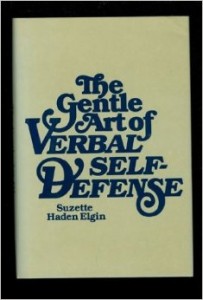
What: The Chronicles of Narnia is the creation of C.S. Lewis. The seven books can be read in chronological order (starting with The Magician’s Nephew) or as Lewis wrote them (starting with The Lion, the Witch, and the Wardrobe. Children from our world find entrance into another, filled with talking animals and mythological creatures. The parallels with Christianity are strong, and intentional, but do not damage the book.
Who: Kids will love these, particularly avid readers, but scholars of both children’s fantasy and Christian literature will also want to read at least the first book, if not the series overall.
Why: Read these because they’re a chance to explore a classic fantasy landscape and books which influenced so many others to come, such as Lev Grossman’s The Magicians, Guy Gavrie l Kay’s Fionavar Tapestry series or Joy Chant’s Red Moon and Black Mountain.
When: Read these when you want a ripping good fantasy with no intrusion of complicated sexuality (other than the usual Freudian overtones). But read it also for a look at how female characters have been treated, and when you’re done, read this excellent reflection on Susan.
Where and how: Anytime, really. These are comfort books for me, particularly The Silver Chair, The Voyage of the Dawn Treader, and The Last Battle.
#sfwapro




 I was on the road for most of September. That photo’s taken in the elevator of the Flatiron Building while I was in NYC, but other places I stayed included Dallas, Texas and Pocatello, Idaho. (More on that to come!) Here’s what I read in September, according to my notes, which always seem to leave out some stuff. Bolded indicates a particularly notable read.
I was on the road for most of September. That photo’s taken in the elevator of the Flatiron Building while I was in NYC, but other places I stayed included Dallas, Texas and Pocatello, Idaho. (More on that to come!) Here’s what I read in September, according to my notes, which always seem to leave out some stuff. Bolded indicates a particularly notable read.